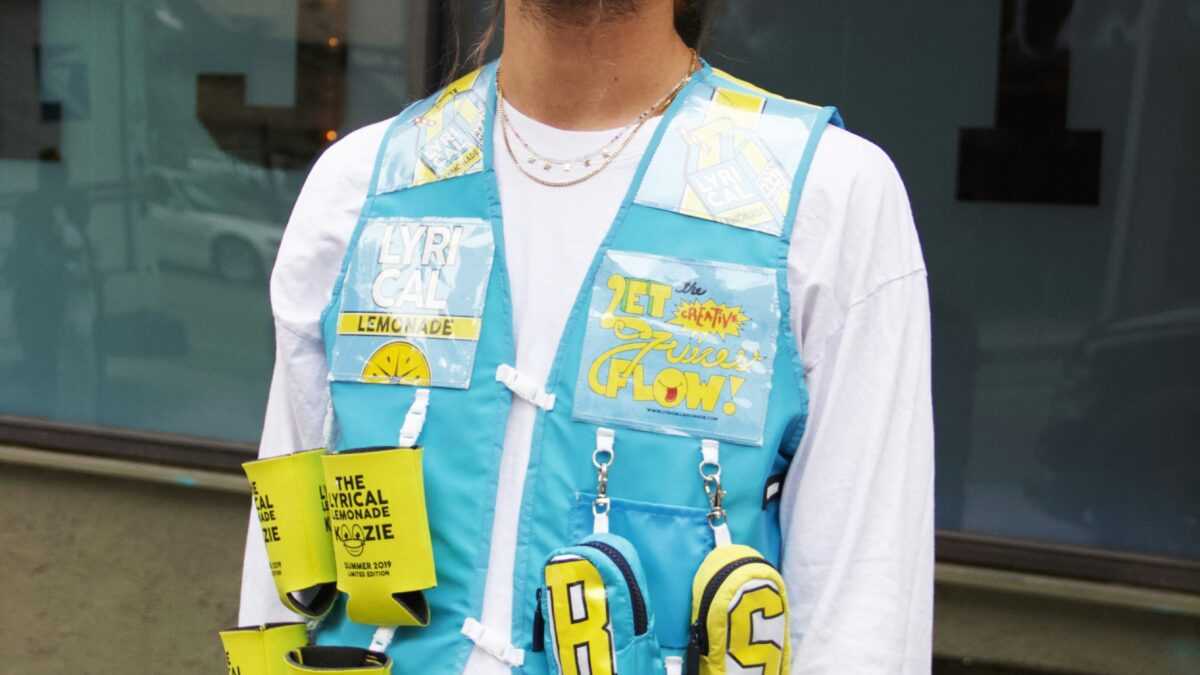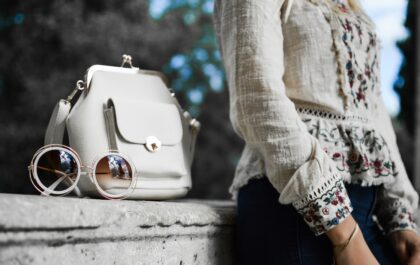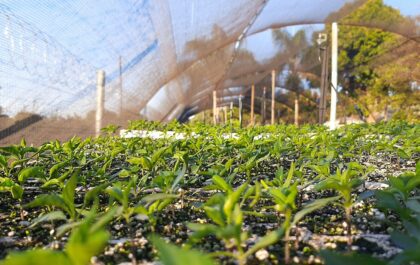Fashion is more than just a statement; it’s a reflection of our values. As the world becomes increasingly aware of environmental issues, sustainable fashion has surged into the spotlight. It’s time to rethink how we shop and what we wear.
Every garment tells a story, but many stories are marred by pollution and waste. Fast fashion has made it easy to chase trends without considering their impact on our planet. However, there’s hope on the horizon. More people are recognizing that style doesn’t have to come at an ecological cost.
Building an eco-friendly wardrobe isn’t just about making choices—it’s about joining a movement towards sustainability and ethical consumption. Let’s explore how you can create a closet that not only looks good but feels good too!
The Importance of Sustainable Fashion
Sustainable fashion transcends mere aesthetics. It embodies a commitment to ethical practices that benefit the environment and society. Every purchase we make carries weight, influencing production methods and labor conditions.
By choosing sustainable options, consumers can support brands that prioritize eco-friendly materials and fair wages. This shift encourages companies to adopt responsible manufacturing processes, reducing waste and pollution.
Moreover, sustainable fashion nurtures creativity within wardrobes. It inspires individuals to curate unique styles rather than follow fleeting trends dictated by fast fashion outlets.
Understanding the importance of sustainability in clothing fosters awareness around consumption habits. With every garment choice, you contribute to a larger movement aimed at preserving our planet for future generations.
This mindful approach not only elevates personal style but also reinforces a sense of community among like-minded individuals advocating for positive change in the industry.
How Fast Fashion is Harming the Environment
Fast fashion thrives on rapid production cycles and cheap materials. This model leads to staggering waste levels. Each year, millions of tons of clothing end up in landfills, contributing to environmental degradation.
The manufacturing process is another culprit. It often involves toxic dyes and chemicals that pollute our waterways. These pollutants harm aquatic life and disrupt ecosystems.
Additionally, fast fashion relies heavily on fossil fuels for transportation and production energy. The carbon footprint associated with producing a single garment can be alarming.
Water consumption is yet another concern. Producing just one cotton t-shirt can require over 2,700 liters of water—enough for one person’s drinking needs for nearly three years!
As we continue to chase trends at breakneck speed, the planet bears the burden of our choices. A shift toward slower, more mindful practices could change this narrative significantly.
Tips for Building an Eco-Friendly Wardrobe
Building an eco-friendly wardrobe begins with mindful choices. Start by assessing what you already own. Identify pieces that can be worn in multiple ways or mixed and matched for versatility.
Next, focus on quality over quantity. Invest in timeless items made to last rather than trendy fast fashion pieces that quickly fall apart. Look for brands committed to sustainability; they often provide transparency about their sourcing and production practices.
Consider your style preferences as well. Choose clothes that resonate with you personally, ensuring you’ll wear them repeatedly instead of letting them gather dust.
Don’t forget the power of accessories! A few statement pieces can elevate any outfit while allowing for creativity without cluttering your closet.
Embrace a slow shopping approach. Take time to research before purchasing anything new; this will help you make thoughtful decisions aligned with sustainable values.
Choosing Sustainable Fabrics and Materials
When it comes to sustainable fashion, the choice of fabric plays a vital role. Natural materials are often the best option, as they have a lower environmental impact.
Organic cotton is an excellent alternative to conventional cotton. It’s grown without harmful pesticides or fertilizers. Linen and hemp are also gaining popularity due to their durability and minimal resource requirements.
Consider fabrics made from recycled materials too. Recycled polyester turns plastic waste into usable fabric, reducing landfill contributions while giving new life to discarded resources.
Don’t forget about Tencel and bamboo! These fibers come from renewable sources and involve eco-friendly production processes that minimize water use.
Choosing sustainably produced fabrics not only supports ethical practices but also enhances your wardrobe’s lifespan. Investing in quality pieces made with care reflects a commitment to both style and the planet.
Thrifting and Second-Hand Shopping
Thrifting and second-hand shopping have become trendy ways to score unique pieces while being kind to the planet. Each item tells a story, adding character to your wardrobe.
Exploring thrift stores can feel like a treasure hunt. You never know what vintage gems you might uncover. From classic denim jackets to quirky accessories, there’s always something unexpected waiting for you.
Shopping second-hand is not only budget-friendly but also supports local charities and businesses. Many thrift shops donate their proceeds to meaningful causes, making your purchase even more impactful.
Plus, thrifting encourages creativity and individuality in fashion choices. Mixing different styles allows for fresh outfit combinations that stand out from mass-produced trends.
Next time you need an update or want something special, consider hitting up your local thrift store instead of heading straight for fast fashion retailers. You’ll be surprised at the treasures just waiting to be found!
Repurposing and Upcycling Old Clothes
Repurposing and upcycling old clothes can breathe new life into your wardrobe. Instead of tossing out that faded shirt or worn-out jeans, consider what you can create.
Transforming a dress into a stylish top is easier than it sounds. A few simple cuts and stitches can give it a fresh look, perfect for any occasion.
You could also turn an oversized sweater into cozy pillows for your living room. Not only does this add charm to your space, but it reduces waste too.
Don’t forget accessories! Scraps of fabric can be fashioned into headbands or tote bags, making unique statements while being eco-friendly.
These projects spark creativity and encourage sustainability. Each piece tells a story and showcases your personal style in a thoughtful way. Embrace the journey of crafting something new from what you already have—it’s rewarding on many levels.
Making a Positive Impact through Your Wardrobe
Every choice we make sends ripples through the world. By embracing sustainable fashion, you’re not just changing your wardrobe; you’re making a statement. Your clothing choices can reflect your values and support ethical practices.
When you opt for eco-friendly brands or choose second-hand items, you’re reducing demand for fast fashion. This shift helps to conserve resources and protect our planet. Each purchase becomes an act of intention, promoting sustainability over disposability.
Moreover, sharing your journey with friends and family can inspire them to rethink their shopping habits too. Conversations about sustainable style spark awareness and encourage more mindful consumerism in communities.
Building an eco-friendly wardrobe is about aligning personal style with environmental responsibility. You have the power to influence change—one outfit at a time—and create a positive impact that extends beyond your closet into the world around you.
























